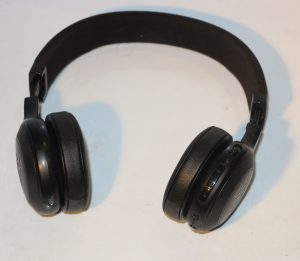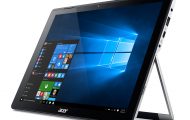Increasingly most of you are taking part in a multi-party videoconference using Zoom, Skype or similar platforms as part of working or learning from home or keeping in the loop with distant relatives and friends. This has been driven by necessity due to the COVID-19 coronavirus plague and the requirement to stay home to limit the spread of this bug.
But you may find that your correspondents’ audio has that unnecessary echo or reverberation that can make the videocall sound fatiguing and awful. The excessive noise from the reverberation or echo may cause you also to speak louder as a means of dealing with a poor signal-to-noise ratio. As well it can also make a participant harder to understand especially if they have a strong accent that doesn’t cope well with poor signal quality.
This is caused due to latency imposed by the different home-network and Internet connections each party uses and the fact that the sound and vision are being sent around as data packets. As well, most of the parties in the videoconference will typically be using a microphone and set of speakers integrated in or connected to the device for the sound.
Here, the reverberation or echo is heard due to your voice coming out of the participants’ devices’ speakers at a later time thanks to the videoconference setup with its limitations. It can also be magnified if someone is using a speaker setup that is very loud like most desktop speakers or a hi-fi system used as audio output for your computer.
By using headphones during that video conference if you are the only person calling in to the videoconference from your endpoint, you are effectively minimising the echo and reverberation. This is because when a person uses headphones for the videocall, the sound from the other parties is being “funneled” through the headphones exclusively to the device’s user, not likely to be picked up by their device’s microphone.
You will also find that you can hear your participants more easily when you use headphones. This is due to the headphone’s speakers located very close to your ear therefore leading to very minimal audio leakage that can cause further reverberation or echo. Those of you who use active-noise-cancelling headphones may also be at an advantage due to reducing fan or air-conditioning hum interfering with what your callers are saying, allowing you to concentrate better.
Here, any headphones or headset would do, whether they be in-ear, on-ear or over-ear types; or whether they are a wired or wireless setup. For example, if you are using a smartphone or tablet and you have its supplied in-ear wired headset, you can get by with it. Or a pair of good Bluetooth headphones may even do the job better.
This won’t be of use for a group situation where many people like a family or household are joining the videocall from the one device at the one location. It is because they want to talk to the rest of the videoconference as if they are one person. This situation would require the use of the device’s loudspeakers and microphone to be of value.
When you alone are participating in that multi-party videocall and you want to get the best out of it, your headphones may serve you better through that call.




